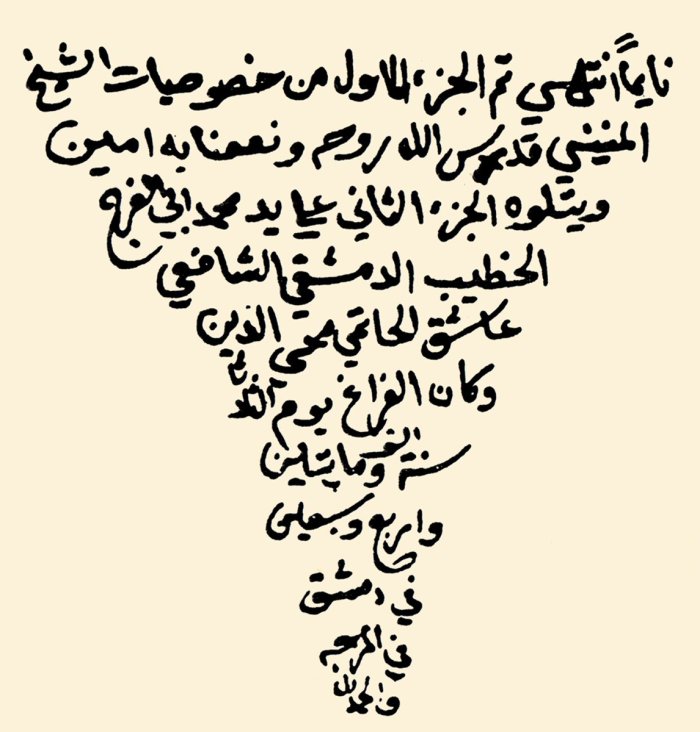
REWRITING BOOKS IN THE ISLAMIC WORLD
Before the spread of printing in thousands of mosques around the world, book-rewriting activities were carried out in libraries called maktaba or hizanatu al-masahif. There was a tradition among scholars to donate manuscripts of their works to libraries at mosques and madrassas, and rich people ordered and donated copied copies of the Koran or famous books to them, Nebi Bozkurt and Nevzat Kaya write for İslam Ansiklopedisi.
The beginning of rewriting the texts of Muslims was laid during the lifetime of the Messenger of Allah (peace be upon him). The Sahaba wrote down the revealed verses of the Koran, as did the secretaries of the Prophet (peace be upon him). Later, these records served as the basis for compiling a list of the Koran – Mushaf. The rewriting in the first two centuries of the Hijri was of great importance for the preservation of hadith. Qari (reciters) recited hadiths at meetings of knowledge, and scribes wrote them down. Some hadith scholars kept scribes with them who knew how to write quickly. Hadith students, after writing down the text, had to read their notes in front of the teacher in order to eliminate spelling errors. This reading was called mukabalya.
There were people in the Islamic world who made a living by rewriting books. Those of them who did it successfully had good earnings. This activity was called “truths” and was considered quite important. And even scholars, such as the philologist and specialist in Arabic grammar (nahu) al-Sukkari and the famous linguist al-Jauhari, were engaged in it. But since such scholars were very scrupulous about rewriting books, they were not particularly productive.

The only surviving copy of the Qur’an, rewritten by Shehzadeh Korkut, son of Sultan Bayezid II / Source: commons.wikimedia.org
Rewriting was perceived not only as a practical exercise, but also as a godly act. The scribes believed that rewriting the Qur’an and useful books brought them a reward from Allah, and they would be held accountable to Him for mistakes and rewriting useless books.
Over time, a set of rules was formed that should be followed by scribes. First of all, this activity required ijaza – receiving a “diploma” from a mentor. Those who did not have ijaza could not put their signature at the end of the book, which in itself represented a separate phenomenon. To separate it from the main text, such a signature was made in the form of a triangle with increasingly diminishing lines.

Source: salihcenap.wordpress.com
It contained the word “tamma” (“completed; finished”), a prayer (dua), and then information about the scribe – “fakir” (poor man), “hakir” (humiliated), followed by the name, date of completion of the work, place its implementation, as well as information about the manuscript from which the text was copied. The scribe could indicate his madhhab, country, information about his mentor. If the rewritten text was the Koran, then it was indicated what kind of rewriting it was. The date was usually indicated in Hijri, but could be reduced to two digits. Abbreviations were also used to denote the month, the name of the scribe and other words. In some cases, scribes used abjad (a system of notation for numbers using Arabic letters) or deliberately turned the signatures into a puzzle. For example, the Turkish scribe Kemalpashazade was known for this. One of his signatures reads like this: “Whoever can guess this date will commit an act that is beyond the power of most of the great scientists.”
Islamosphere
Nebi Bozkurt, Professor, Specialist in Hadith and Islamic History
Nevzat Kaya, Professor, Faculty of Literature, Aegean University, Izmir
SOURCE: http://islamosfera.ru/perepisyvanie-knig-v-islamskom-mire/

